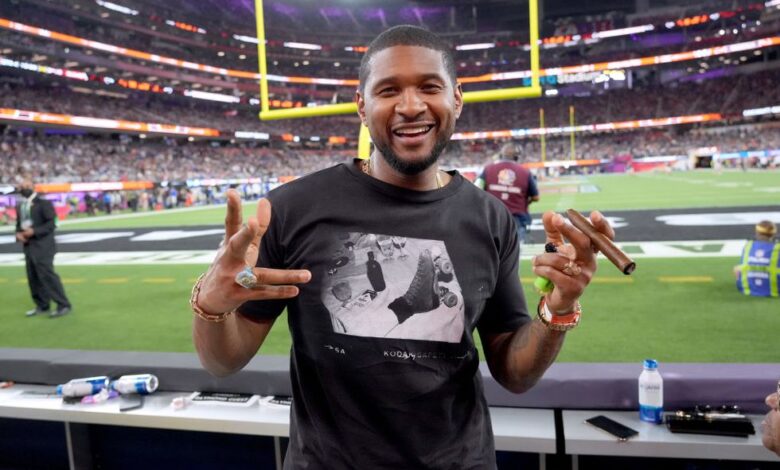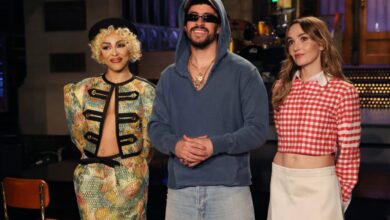Just How Much Are Halftime Performers Paid For the Super Bowl?


With NFL players pulling in an average salary of $2.7 million per year, you’d be forgiven for thinking that the musical superstars who lend their talents to the most important game of the year also earn millions of dollars—but you’d be wrong. Usher is this year’s halftime performer, and he won’t be taking home anything near an NFL salary for the big concert.
The surprising truth is that halftime performers aren’t paid to perform at the Super Bowl. Per league policy, the NFL covers all costs related to the production of the halftime show, but the talent doesn’t take home a paycheck (although the NFL foots the bill for their travel expenses). According to Forbes, artists are paid just $1,000 a day on a minimum wage union scale. Still, “the halftime show at the Super Bowl remains a highly coveted spot for many artists,” entertainment attorney Lori Landew told Forbes back in 2019. “Some of those artists do not see their appearance as a political statement, nor do they see the show as a cultural battleground, but rather view their live performance as an opportunity to entertain an enthusiastic crowd and to share their music and their talent with millions of viewers.”
The cost of production, even for just a thirteen-minute segment, can also be sky-high. The 2020 performance by Jennifer Lopez and Shakira reportedly cost the NFL approximately $13 million. That figure finances the paychecks of up to 3,000 staffers involved in the production, as well as complicated technical elements of the performance, like a collapsible, 38-part stage, or the massive audio equipment rolled in on 18 carts. Don’t even get us started on the cost of awe-inspiring spectacles, like Katy Perry riding into the stadium on a mechanical golden lion, or Lady Gaga parachuting into her performance from the roof.
So what’s in it for performers? Something familiar to freelance writers everywhere: exposure. Performing on one of the world’s biggest, most televised stages can convert into real financial gain in the form of increased music sales. When Justin Timberlake performed in 2018, his music sales rose 534% that same day; as for Lady Gaga, sales of her digital catalog spiked 1000% following her 2017 performance. For Usher, the singer will have the opportunity to promote his new album, Coming Home—which will be released two days before the Super Bowl. He is also embarking on a nationwide tour starting in August 2024.
And lest you think the headliners are the only performers working for free—surely journeyman dancers ought to be paid, right?—think again. The NFL has come under fire for failing to pay some halftime show dancers, framing them instead as “volunteers.” During The Weeknd’s 2021 halftime show, all dancers rushed the field in the same costumes, but not everyone received the same treatment. According to an investigation by the Los Angeles Times, “paid dancers received $712 for show day and $45 per hour for their rehearsal time, as well as a $30 per diem and a $250 COVID stipend if a dancer was asked to report to a clinic for a test on a nonwork day. Unpaid dancers sat in stadium bleachers for up to two hours in the cold while waiting to rehearse as their paid counterparts spent that time in green rooms.”
In 2022, the NFL seemed ready to repeat its mistake. For a halftime show featuring Mary J. Blige, Dr. Dre, Snoop Dogg, Kendrick Lamar, and Eminem, NFL producers recruited hundreds of “volunteers” to take part in 72 hours of unpaid rehearsals. After backlash from the dance community and SAG-AFTRA (the union representing professional dancers), executives from Jay-Z’s Roc Nation, which produced the halftime show, defended their methods, saying that they paid 115 dancers.
Hopefully, Usher’s crew will be treated with more respect. After all, he has so many hits that they’ll be dancing for the full 13 minutes. (As will I from my living room.)


